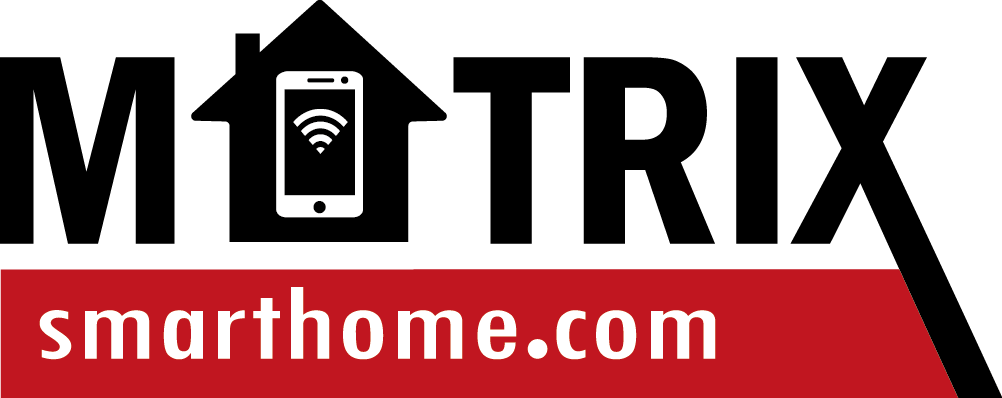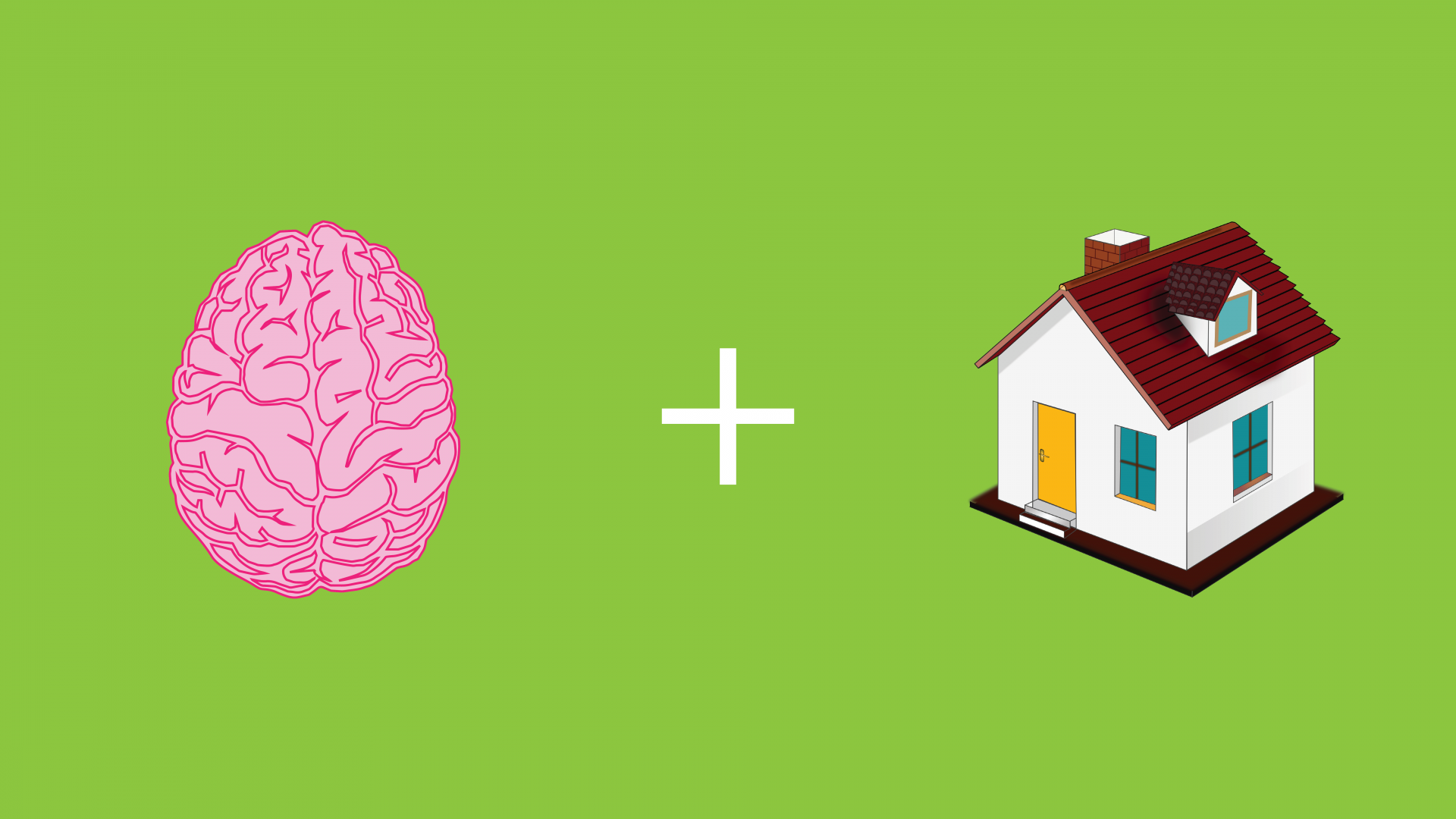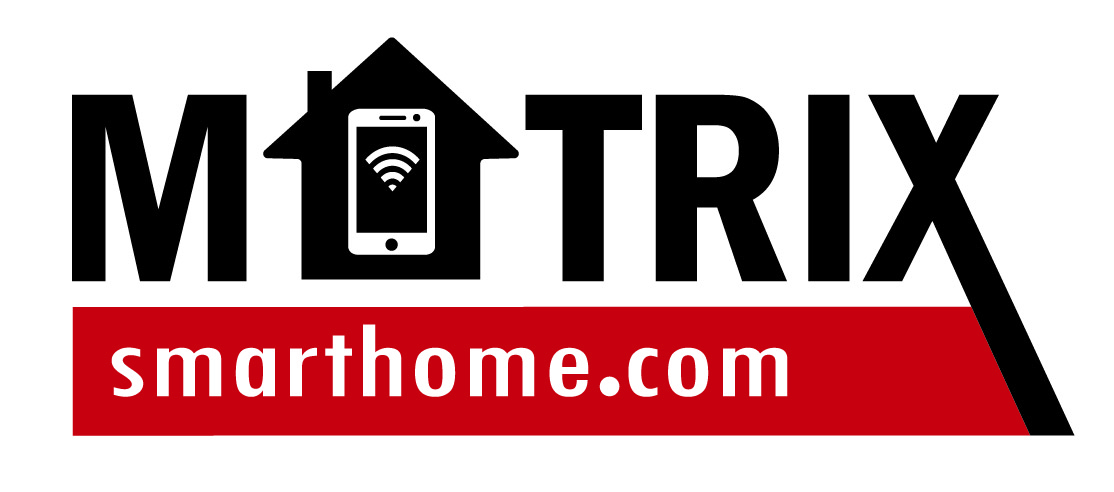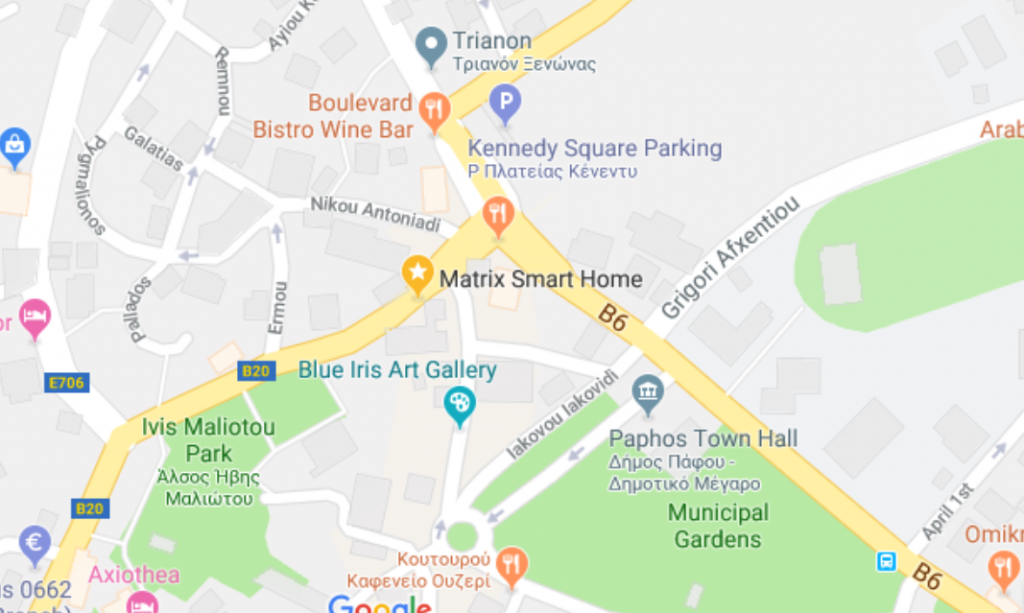The first smart homes were ideas, not actual structures. For decades, science fiction has explored the idea of home automation. Imagine a future where homes are interactive, and seemingly ran themselves.
Although the idea of home automation has been around for some time, actual smart homes have only existed a short while. This timeline focuses on hardware; meaning actual inventions leading up to the smart homes we know today and can expect from the near future.
In 1998 ,Smart homes, or home automation, began to increase in popularity in the early 2000s. As such, different technology began to emerge. Smart homes suddenly became a more affordable option, and therefore a valuable technology for consumers. Domestic technologies, home networking, and other gadgets began to appear on store shelves.
Today’s Smart Homes – Today’s smart homes are more about security and living greener. Our smart homes are sustainable, and they help to ensure that our homes aren’t expending unnecessary energy. Remote mobile control, automated lights, automated thermostat adjustment, scheduling appliances, mobile/email/text notifications, and remote video surveillance.They also help alert us to intruders (whether we’re home or not).
Connectivity and interactivity are driving the way families live and manage their homes. So while we are expected to be in more places due to business travel, children’s school schedules and social activities, these new smart systems provide cutting edge connectivity to your household, even when you’re far away. And when the house is occupied, the high level of automation enables more convenience, control and safety from any part of your property. It all adds up to fewer worries and increased enjoyment of life, which is something we would all welcome.




